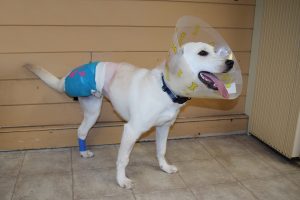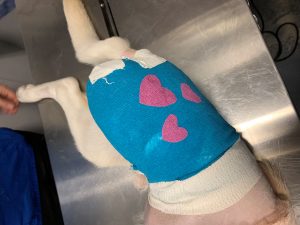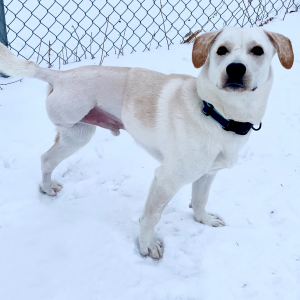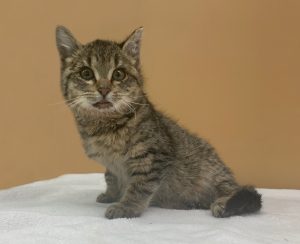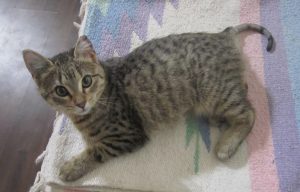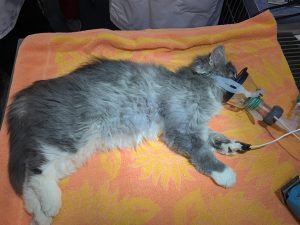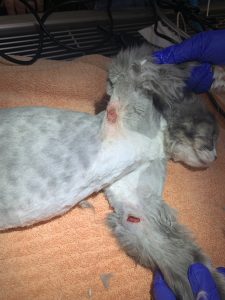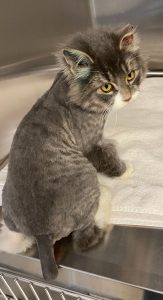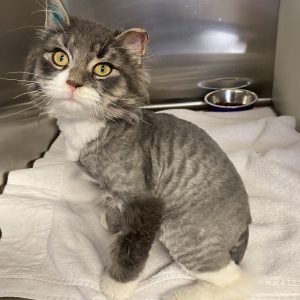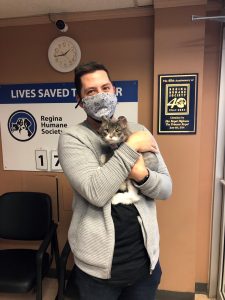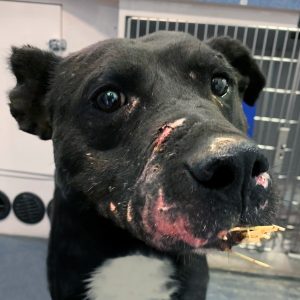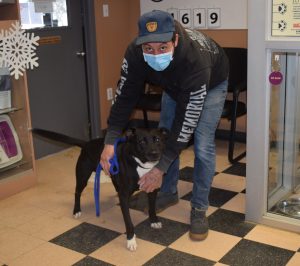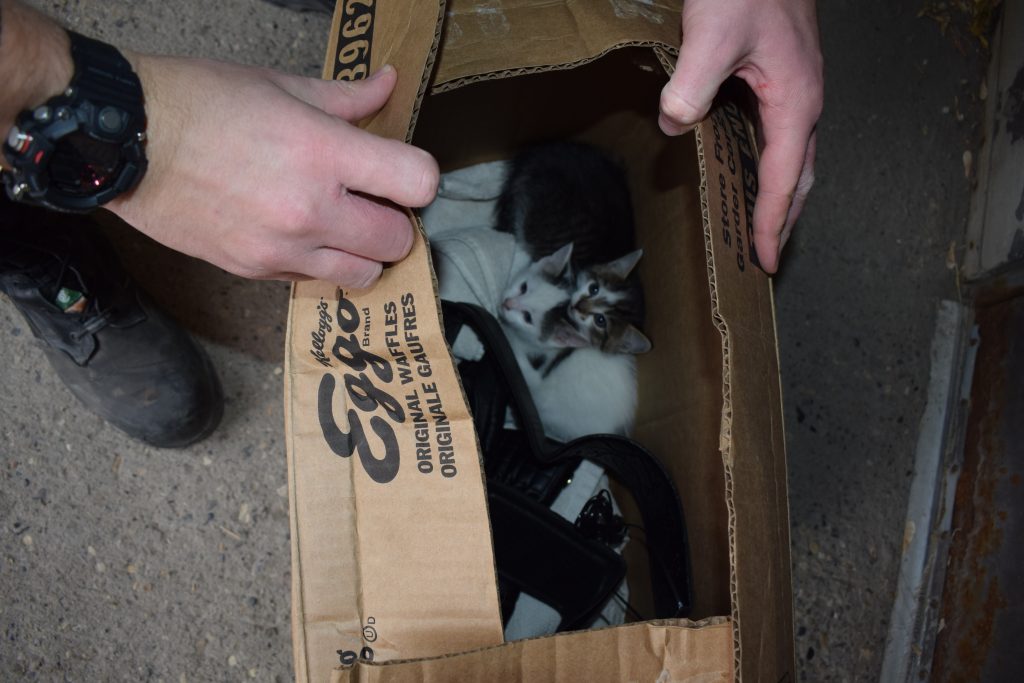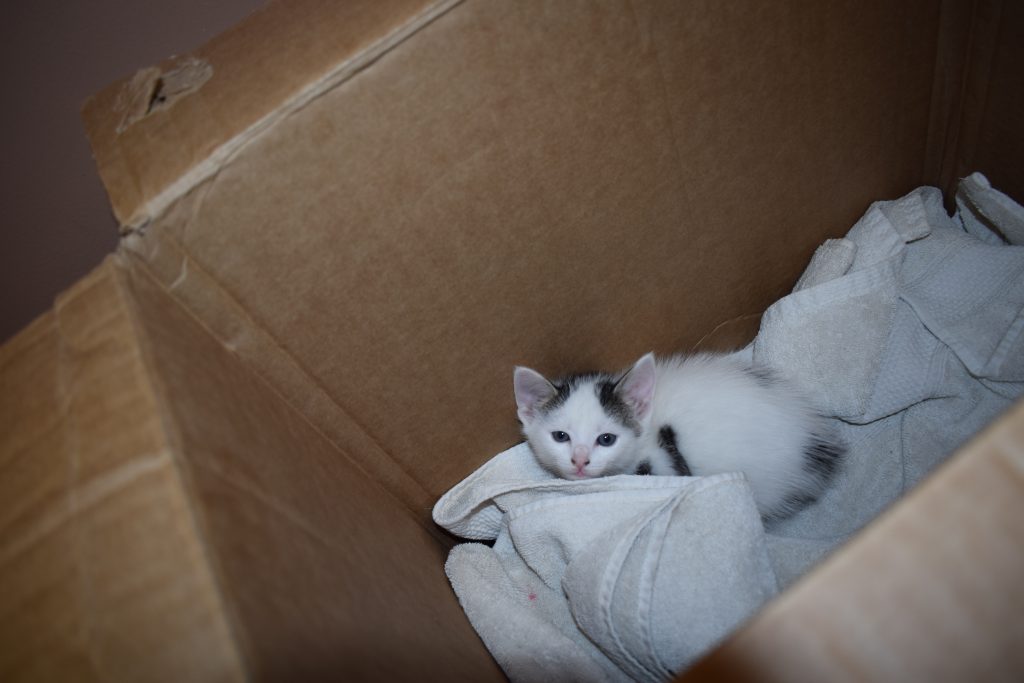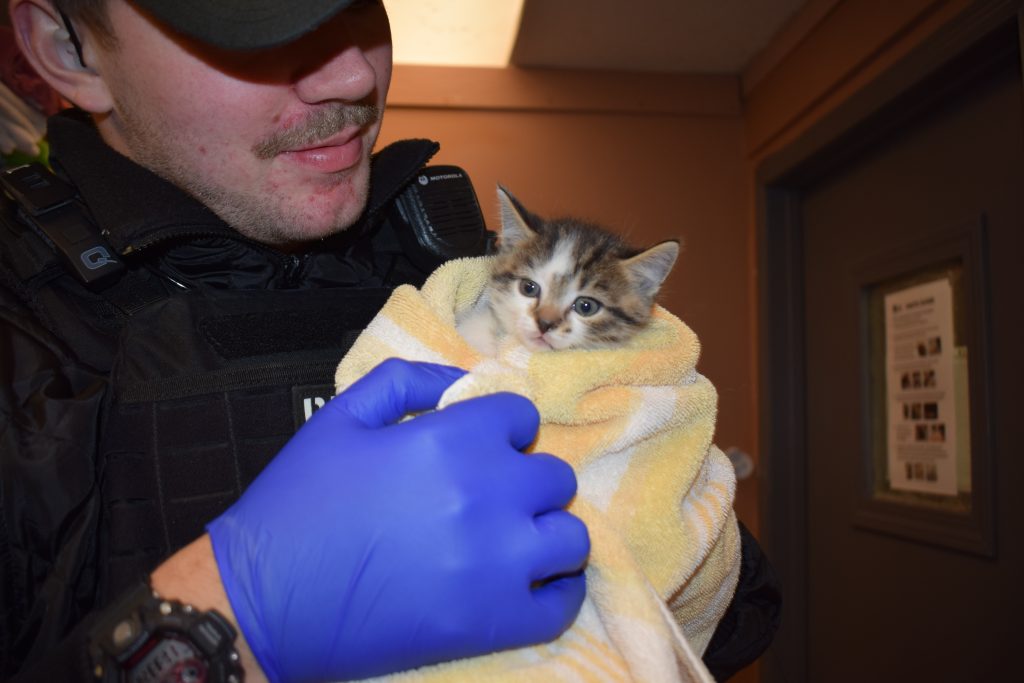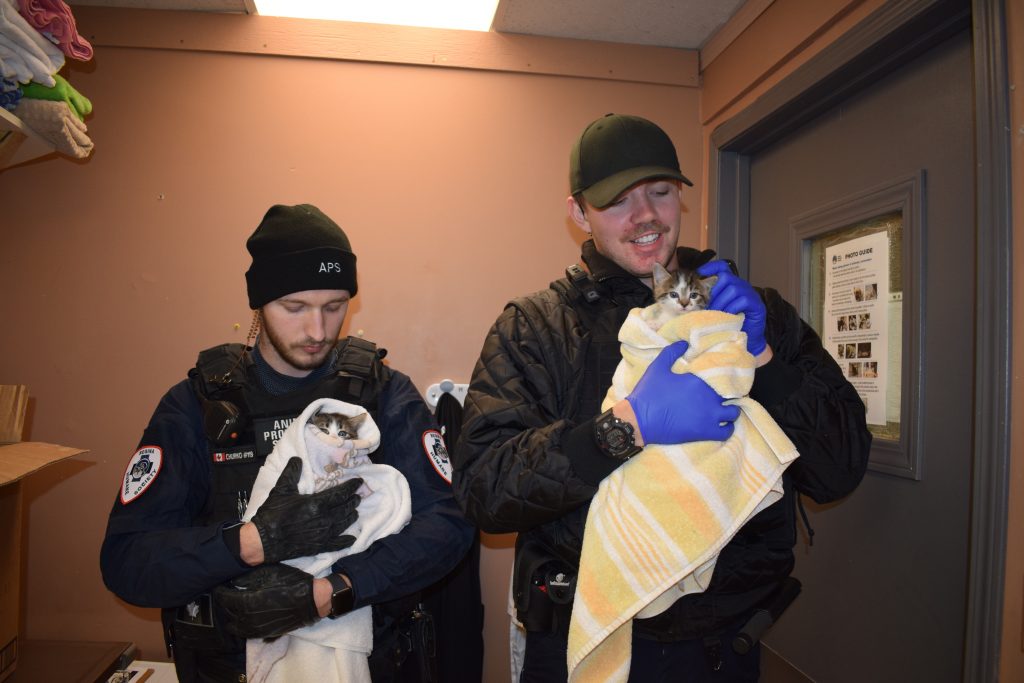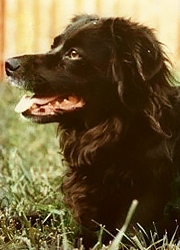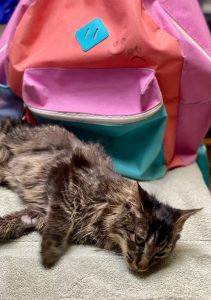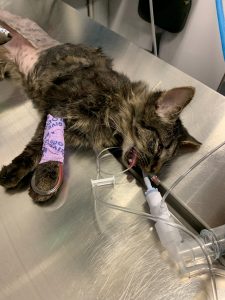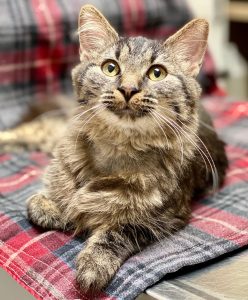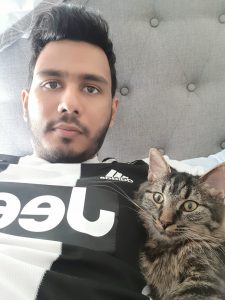There’s no greater feeling than when you decide to bring a new furry family member into your home with dreams of cuddling on the couch, companionship and love that knows no end. But, like any new relationship, there are bound to adjustments and even a few bumps along the way. However, with a bit of patience and planning, you and your new kitten can start your new life together on the right paw…
Make Playtime Fun for Everyone! – Everyone knows that kittens LOVE to play and it can be one of the more cute and entertaining aspects of a kitten. Yet, sometimes they can be a little too exuberant, especially if they don’t have another kitten to play with. Often, you will become the focus of their playfulness, but that can be a problem as they get older, so it’s important to instill good play habits early:
- Always use toys during play rather than your hands or feet. If your kitten tries to play with them, freeze and look away, then wait a few minutes before giving them any more attention.
- Have a variety of toys available and rotate their use so your kitten doesn’t get bored and playtime is always interesting.
- Always allow your kitten to “catch” a toy a few times during play…maybe even offer a treat as a reward.
Have a Few Places Where Scratching is Allowed – Cats love to scratch – and they will! Scratching is a natural behaviour that allows your cat to spread its scent, stretch and remove old and frayed layers from its claws. To preserve your furniture, you can pick up several scratching options for your cat at the local pet store, such as carpeted cat posts and trees, sisal ropes and corrugated cardboard or wood scratcher. Place them strategically in areas that you kitten loves to scratch and provide desirable items in the vicinity of the new scratching post. By doing this, you create a positive association and make your cat feel that being near the scratching post has positive rewards. This can be achieved by playing interactively around the scratching post (i.e. with a feather wand, laser pointer, etc.), providing treats when the cat is around the scratching post, or by placing a small amount of catnip on the scratching post to encourage their use of the post. If you catch your cat in the act of scratching furniture or in an area where it’s not allowed, it’s important not to scold them or get angry or squirt water at them. Cats need to scratch. It comes naturally to them, so if you see them scratching, don’t tell them they’re naughty, but interrupt the behaviour by distracting them with another toy. Once they’re distracted, you can offer them a treat as a reward for leaving the furniture alone.
You can also make the wrong place to scratch less desirable by placing double-sided tape on the area your cat used to scratch to effectively deter her from scratching there over time. Another option would be to place a hard plastic covering over the area the cat should not be scratching. This prevents the cat from scratching there, and as a result, they will be more likely to use the scratching post instead.
Trim Those Nails – Trimming your cat’s nails is easy and the sooner you get them used to it, the better! Many kittens won’t mind at all, but if your kitten hesitates, start by touching one front paw, then offering a treat. Work up to extending the nail, always following any handling with a favourite treat to keep the experience pleasant. If the kitten tries to pull away, let her go, give her a break, and try again later. Be sure to just clip the tip of the nail without getting too close to the nail’s quick. You can learn more about nail care for your cat here. https://reginahumanesociety.ca/programs-services/municipal-services/alternatives-to-admission/cat-behaviour-tips/nail-care-cats/
Make the Carrier a Happy Place – You may have heard that cats hate to travel in a car. Well, some don’t, but getting your kitten used to being in and around their carrier will make trips to the vet and other travel much easier as she gets older. Try setting the carrier in a spot that your kitten likes to be and keep it there as much as possible. Keep the door open and be sure to have some comfortable blankets or a bed inside. For extra measure, pop a treat in there once a day so that she associates the carrier with great things!
The key is to have patience and to keep working at your training even if some days it feels like you’re getting nowhere. Remember – keep the experience positive for your kitten and she will respond!
